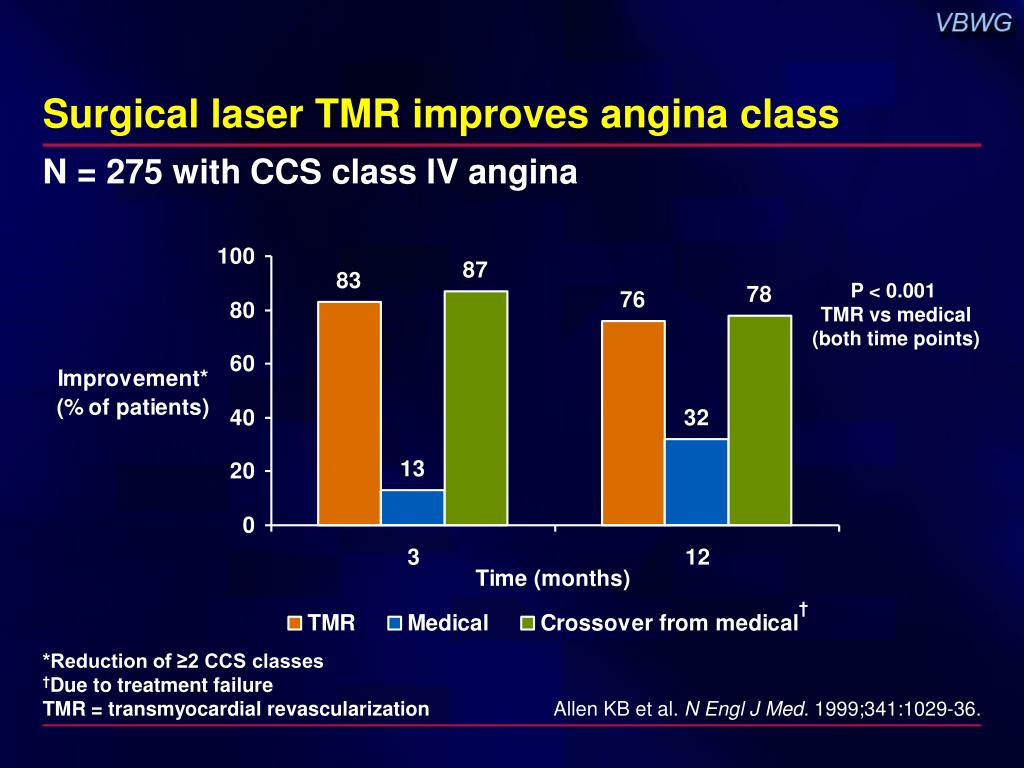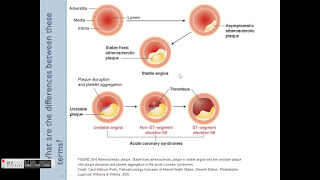

In order to determine the likelihood of myocardial infarction, the classification proposed by Braunwald for the characterization of pain is used. This form is characterized by night attacks, not related to physical activity. It is called still variant, or stenocardia of Prinzmetall. Pain in the chest area persists for two weeks immediately after myocardial infarction. It is possible to change the functional class to a lower one. Attacks become more frequent and stronger, signs of myocardial hypoxia appear on the cardiogram. It can be transformed into a stable type of disease. It is dangerous because it may be a symptom or precursor of myocardial infarction. It is considered as such if the first attack occurred no later than two months ago. In addition to the functional class, angina of this type is divided into four forms: Unlike the previous species, unstable angina manifests itself as intense pain that is not associated with physical exertion.

There are the following functional classes of angina pectoris: It is characterized by the appearance of pain during exercise and the disappearance of uncomfortable sensations at rest. Stable angina is a form of angina pectoris.

There are several varieties of angina pectoris, each of which has both common characteristics for the group and unique symptoms that make it possible to distinguish it among others. Changes occur so gradually that people get used to them and do not consider it necessary to be treated. Classification according to functional classes of angina clearly shows the "secretiveness" of the disease. As a rule, people do not pay attention to symptoms until a disaster occurs, but even a minor malaise can be a sign of a serious heart pathology.

In addition, the age at which they first manifest is greatly reduced. Experts note a frightening increase in the number of heart diseases among the population.


 0 kommentar(er)
0 kommentar(er)
